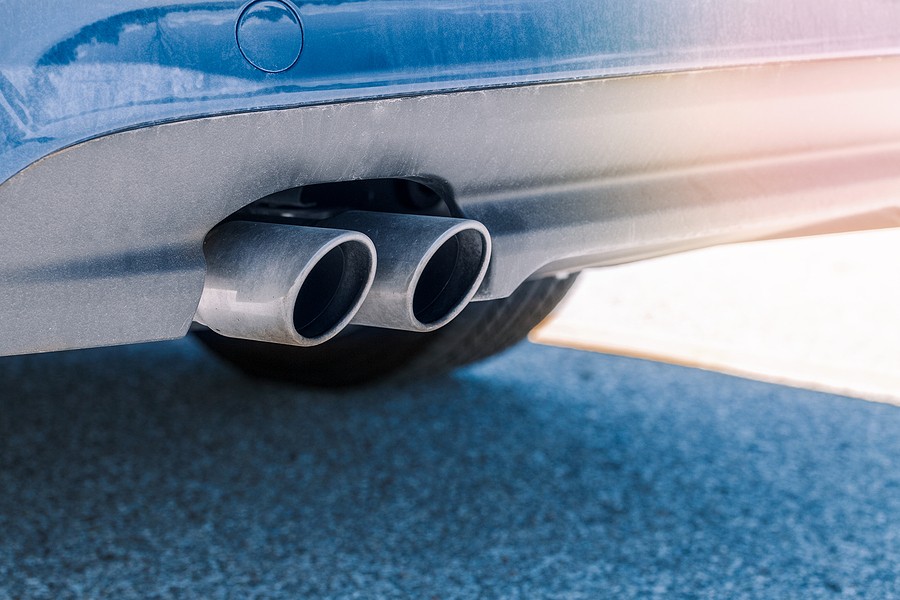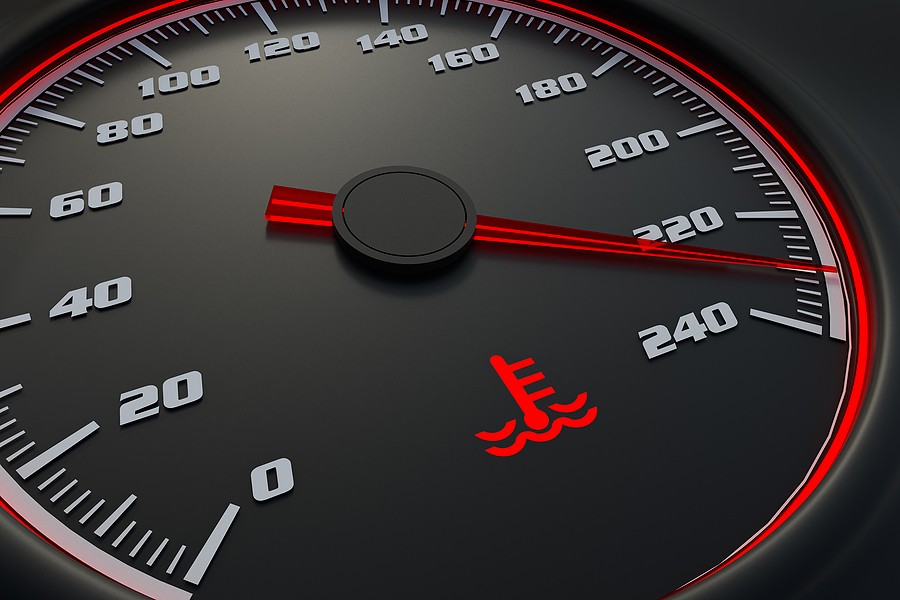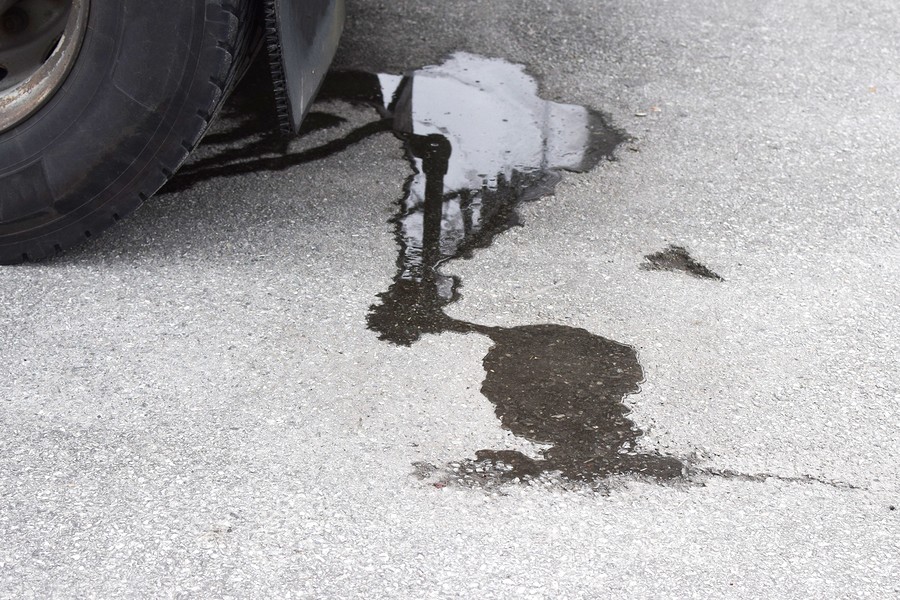If you're searching for ‘how to know if coolant is leaking into the engine,” follow these simple steps:
- Prepare the necessary tools and material
- Choose your working place
- Pop up the hood
- Perform a visual inspection
- Check the coolant level
- Monitor the exhaust smoke
- Check for any sweet smells
- Look at the engine temperature
- Inspect the engine oil
- Perform coolant pressure test
- Reach out to your mechanic
All your car fluids are expected to run through designated pathways. They're not expected to leak into other components because otherwise, they will disturb the performance of all these components, and they won't do the expected job.
One common situation you might encounter is when you have a coolant leak inside the engine. This leads to many problems and might impact the engine's health over time. If you ignore this issue, you can easily deal with engine sentence structure if it does not impact the right components.
Understanding how to detect whether you have an internal engine leak that is getting inside the engine is very important to help you save money and protect your vehicle long-term. Therefore, you must be familiar with the different steps before going to your mechanic.
This article walks you through 11 simple steps you could do at home without needing a professional to detect whether you have an internal coolant leak inside the engine. However, if you confirm the issue is beyond your hands, you must talk to your mechanic immediately before things get more complicated.
How do we know if coolant is leaking into the engine?
Determining whether you have an internal engine coolant leak is not complicated; you can look for simple signs that could help you identify the problem yourself without spending so much money on the mechanic shop.
Keep in mind that if you've confirmed that internal coolant leak, you need to address the problem, and this one might and will most likely require visiting the repair shop and having them perform some inspections and more detailed repairs.
The following list provides a step-by-step process that could help answer the question, “How do you know if coolant is leaking into the engine?”
1- Prepare the necessary tools and material
Before you even start, you need to prepare all the tools and materials you'll need to check on the coolant in your engine. Typically, experts recommended having a pair of safety gloves and goggles along with some extra coolant and dipstick. You also might need a cloth or a paper towel to wipe any Extra coolant.
2- Choose your working place
Before you even start working, you must choose your working area. Do you want to Work in an area that is ventilated enough and also away from pets and kids so you can work properly without any concerns about hazards?

3- Pop up the hood
Once you're ready and your vehicle is parked completely, the next step is to pop up the hood. You need to locate the coolant and look inside the engine compartment underneath the hood, typically for any potential signs of leaks.
If you need more information to get an idea about how to map the area around your vehicle hood, you can look at your vehicle owner's manual. You can also look at some YouTube videos that provide a general overview of what's inside the vehicle.
You also want to ensure that you don't work on your vehicle before it's completely cooled down because, typically, the coolant will be very hot, especially if the engine has been running for a long time.
4- Perform a visual inspection
Then, you need to perform a quick visual inspection. Typically, you'll have to start by looking at the coolant reservoir, which you can find by checking the vehicle owner's manual; it is typically a transparent reservoir with some pinkish or darkened liquid.
Look around the reservoir and see if you can see any signs of fluid leaks. Remember that some leaks might evaporate immediately because of the hot area. As we mentioned earlier, you have to be careful when working in this area and ensure your vehicle is completely cooled down.
If you didn't see any science of coolant leaks around the aversive, it's not the end because you have to check around the hoses and the connections. Coolant runs around the engine, and a designated pathway runs through. Any pipes throughout the pathway might have weak sealants that require you to look and confirm there is no leak.

5- Check the coolant level
If you cannot visually find the coolant leak, it doesn't mean there is no leak. In other words, the coolant leak might be hidden, and one way to determine whether there is something hidden you're not able to catch is by looking at the coolant reservoir and checking the coolant level.
Depending on the severity of the leak, you might notice some drops in the coolant level on the reservoir. These drops can be significant if there is a lot of coolant leak and it's major. Typically, you can inspect this coolant leak and find it visually. But it should give you an idea about whether there is any leak.
6- Monitor the exhaust smoke
Another thing you could try is to check on the exhaust smoke. Typically, the exhaust smoke shouldn't have a strong, obvious color, especially if you're driving a more modern car. However, if you notice that the coolant is dropping and associated with white smoke from the exhaust, this could be strong evidence of an equivalent leak.
Keep in mind that you can immediately say there is a significant coolant leak by just noticing white smoke coming out of the tailpipe. This is because there might be situations where you're starting your vehicle early and realize a little bit of white smoke is coming out of the car.

7- Check for any sweet smells
The coolant is known to have a very sweet smell and smells more like a Maple syrup smell. If you notice this smell inside your car, it might be strong evidence that your vehicle has a coolant leak.
People generally think that only bad smells refer to internal problems in your vehicle. However, in the case of coolant, it's more like a good smell, and that's why you shouldn't ignore any smell in your car to prevent dealing with any major complications that could cost you the entire vehicle.
8- Look at the engine temperature
Since the column is responsible for maintaining the engine temperature, you must look at the temperature gauge on the dashboard. This could be strong evidence that you're calling is not in good shape, and this might also be linked to an equivalent link inside your car.
That's why if you feel that there is some strong fluctuation in your engine's temperature, it might be evidence that there is something wrong with the cooling system, which is a way to narrow down the list of potential culprits used vehicles dealing with.

9- Inspect the engine oil
In some common situations, the coolant problem might be linked to another coolant with the oil. Therefore, the court might get mixed with the oil, causing the oil to look more like a Milky substance.
That's why experts recommend checking the oil cap and seeing if there is any strange consistency or weird substance on top of the oil. If that's the case, it might indicate that your oil got mixed with the coolant, which means that the coins are leaking inside the vehicle.
10- Perform coolant pressure test
Many automotive experts recommend performing what is known as the coolant pressure test. This requires certain tools and might need a specific skill set of the people who will do it. Therefore, if you don't know how it's done and if you haven't done it before, you don't want to risk it and cause some trouble to your car.

11- Reach out to your mechanic
Finally, suppose you did all that we mentioned, and we still didn't detect any coolant leaks, but you still suspect a problem with the current level. In that case, you can check with your mechanic and have him inspect further to determine where the problems are coming from.

How do we know if coolant is leaking into the engine? Final Thoughts
Dealing with an engine coolant leak can be frustrating and might lead to many problems. However, you must still confirm whether it's a cool leak inside the engine or something else. This article provided 11 simple steps that could help you identify and confirm whether you're dealing with an internal coolant leak.
If you confirm that the issue is real, you'll have to check with your mechanic immediately and have him address the problem as soon as possible before things get out of hand and require thousands of dollars for repair.
If you're interested in similar posts, we highly encourage you to visit our blog by clicking here!



